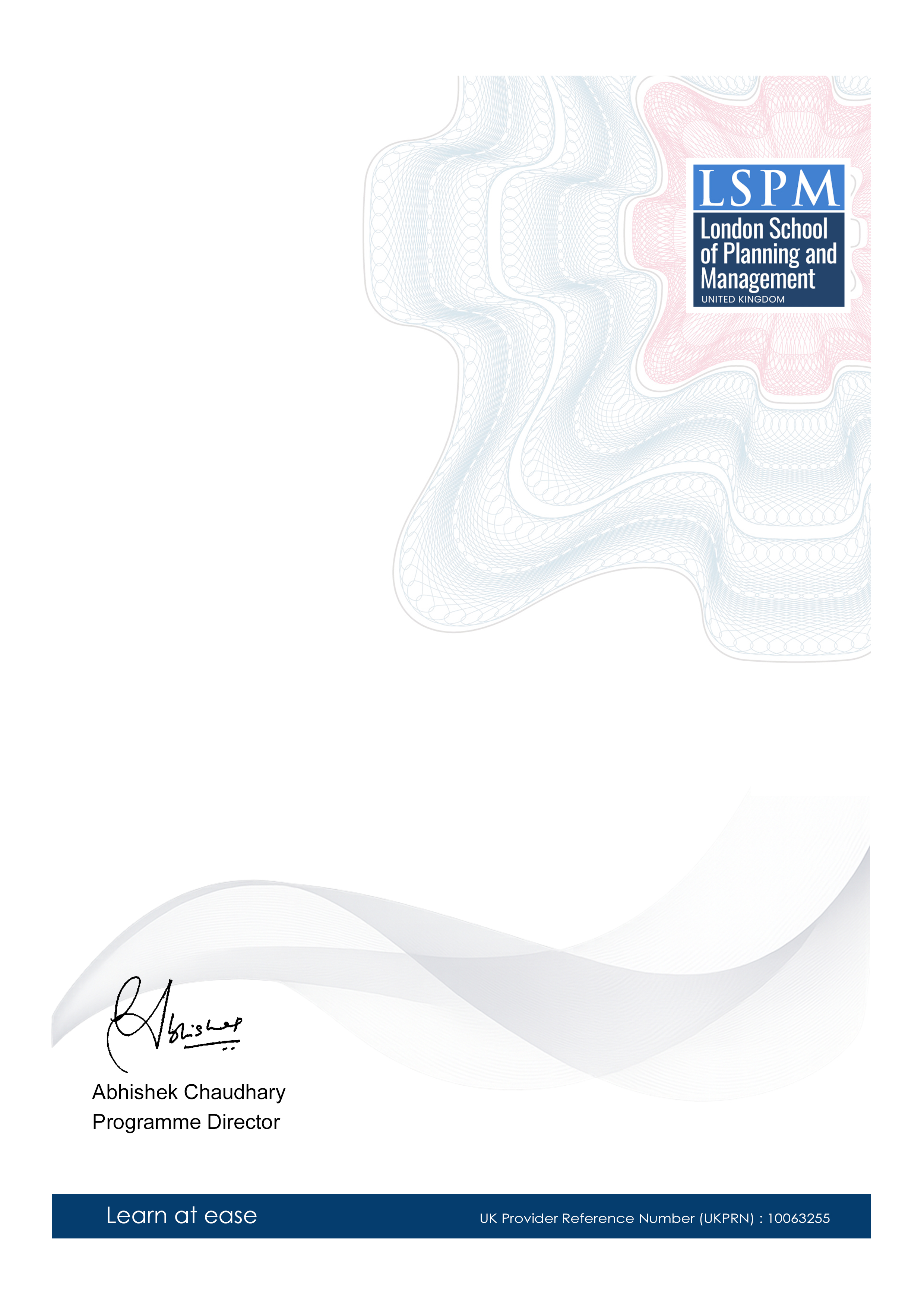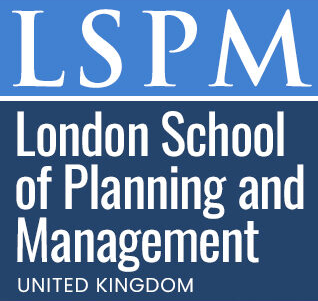Executive Certificate in Wind Farm Visual Impact on Wildlife
-- viewing nowWind Farm Visual Impact on Wildlife Assessing the effects of wind farms on local wildlife is crucial for sustainable development. This Executive Certificate program is designed for professionals in the renewable energy sector, particularly those involved in wind farm development and management.
4,427+
Students enrolled
GBP £ 149
GBP £ 215
Save 44% with our special offer
About this course
100% online
Learn from anywhere
Shareable certificate
Add to your LinkedIn profile
2 months to complete
at 2-3 hours a week
Start anytime
No waiting period
Course details
Visual Impact Assessment: This unit covers the principles and methods of assessing the visual impact of wind farms on the surrounding environment, including the identification of key visual elements and the development of effective mitigation strategies. •
Wildlife Habitat Assessment: This unit focuses on the assessment of the potential impact of wind farms on local wildlife habitats, including the identification of species of conservation concern and the development of strategies to minimize disturbance. •
Avian Behavior and Wind Farm Design: This unit explores the relationship between avian behavior and wind farm design, including the identification of bird species that are most likely to be affected by wind farm operations and the development of design strategies to minimize disturbance. •
Wind Farm Siting and Planning: This unit covers the principles and practices of wind farm siting and planning, including the consideration of visual impact, wildlife habitat, and other environmental factors. •
Visual Impact Mitigation Strategies: This unit focuses on the development of effective mitigation strategies to minimize the visual impact of wind farms, including the use of visual screening, landscape design, and other techniques. •
Wildlife Monitoring and Research: This unit covers the principles and practices of wildlife monitoring and research, including the use of camera traps, acoustic monitoring, and other techniques to study the impact of wind farms on local wildlife. •
Wind Farm Operations and Maintenance: This unit explores the operational and maintenance aspects of wind farms, including the identification of potential impacts on wildlife and the development of strategies to minimize these impacts. •
Policy and Regulation: This unit covers the policy and regulatory frameworks that govern the development and operation of wind farms, including the consideration of visual impact, wildlife habitat, and other environmental factors. •
Stakeholder Engagement and Communication: This unit focuses on the importance of stakeholder engagement and communication in the development and operation of wind farms, including the consideration of visual impact, wildlife habitat, and other environmental factors. •
Case Studies and Best Practices: This unit provides a review of case studies and best practices in wind farm development and operation, including the consideration of visual impact, wildlife habitat, and other environmental factors.
Career path
Wind Farm Visual Impact on Wildlife: Career Opportunities
**Job Market Trends**
Wind farm visual impact on wildlife is a growing concern, and the demand for professionals with expertise in this field is increasing. According to the UK's Renewable Energy Association, the wind energy sector is expected to create 12,000 new jobs by 2025.
**Salary Ranges**
Professionals working in wind farm visual impact on wildlife can expect competitive salaries. According to Glassdoor, the average salary for a Wind Energy Consultant in the UK is £60,000 per year.
**Skill Demand**
Developing skills in wildlife conservation, ecology, and environmental impact assessment is crucial for a career in wind farm visual impact on wildlife. The demand for professionals with expertise in these areas is high, with 8,000 job openings expected in the next 5 years.
Entry requirements
- Basic understanding of the subject matter
- Proficiency in English language
- Computer and internet access
- Basic computer skills
- Dedication to complete the course
No prior formal qualifications required. Course designed for accessibility.
Course status
This course provides practical knowledge and skills for professional development. It is:
- Not accredited by a recognized body
- Not regulated by an authorized institution
- Complementary to formal qualifications
You'll receive a certificate of completion upon successfully finishing the course.
Why people choose us for their career
Loading reviews...
Frequently Asked Questions
Course fee
- 3-4 hours per week
- Early certificate delivery
- Open enrollment - start anytime
- 2-3 hours per week
- Regular certificate delivery
- Open enrollment - start anytime
- Full course access
- Digital certificate
- Course materials
Get course information
Earn a career certificate

